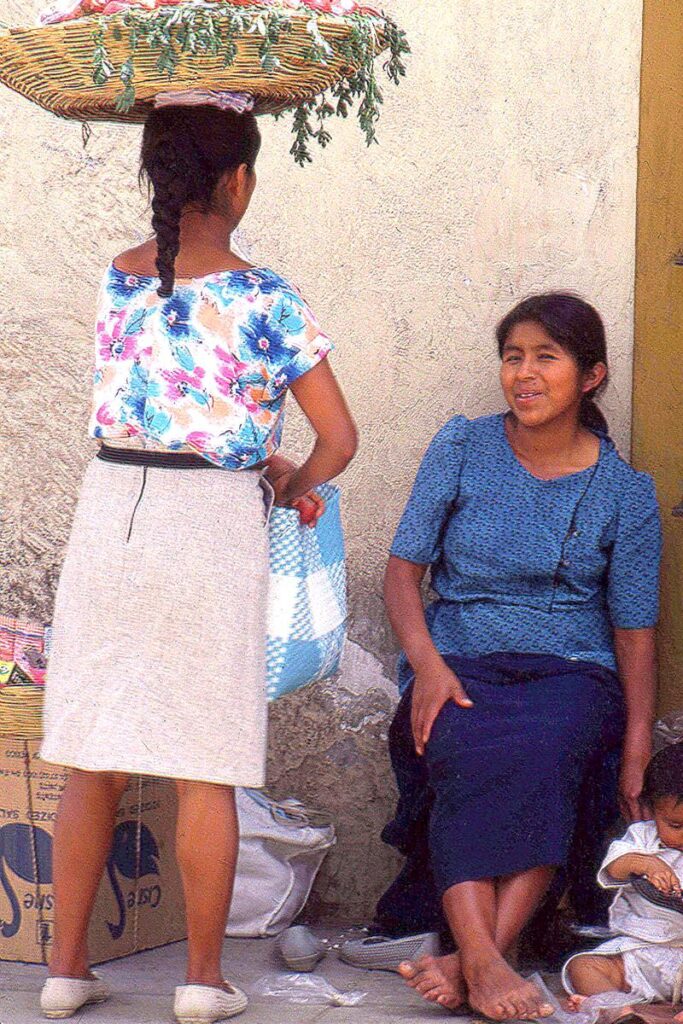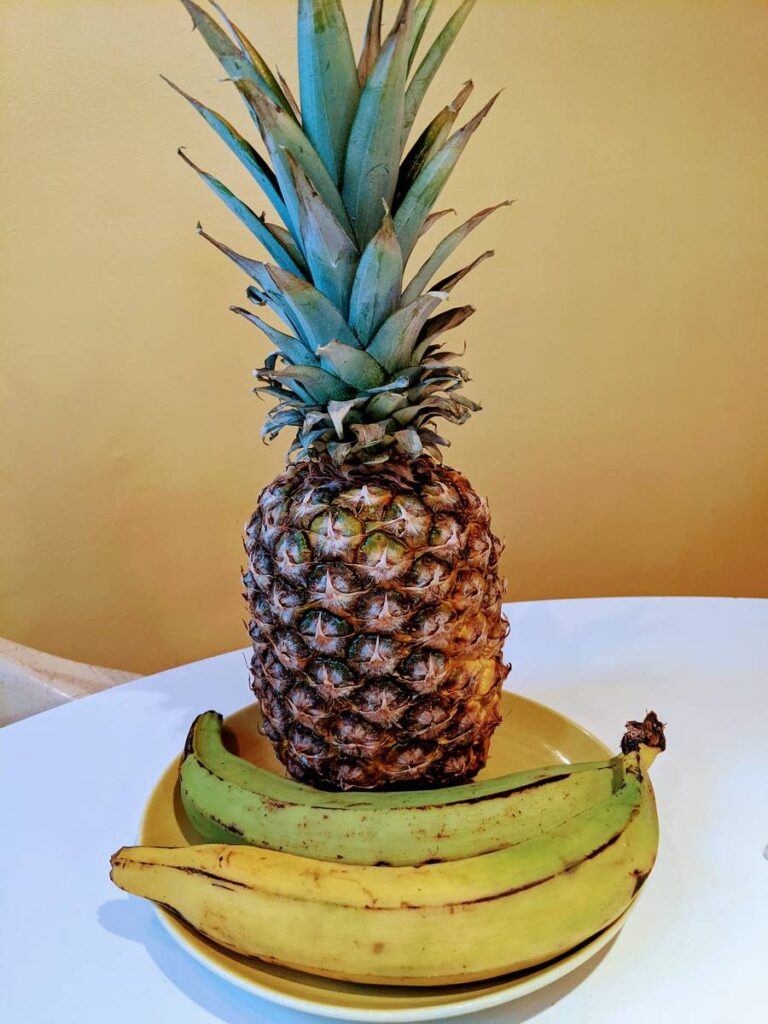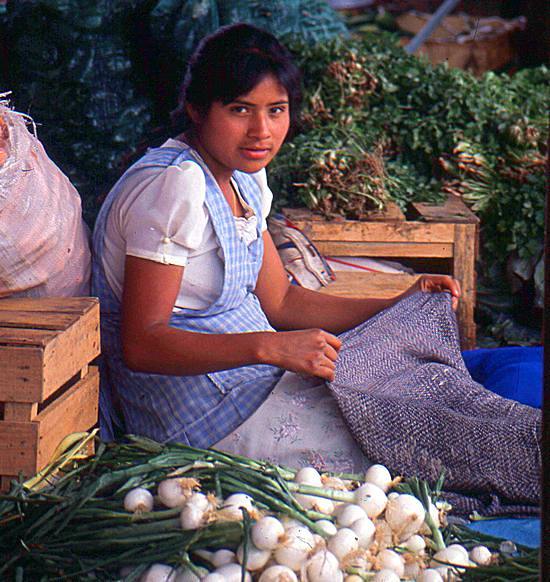
Chichilo, Oaxaca’s forgotten classic mole
Chichilo is perhaps the most unorthodox of Oaxaca's seven classic moles. Thickened with corn masa, it lacks the fatty richness of seeds or nuts. Nor does it boast the sweet and round flavors of the tomatoes, tomatillos, raisins, or plantains found in other moles. The simplicity of chichilo is very similar to a Texas all-meat chili con carne. It consists primarily of meat stewed in a sauce of puréed chile peppers. But chichilo is also one of the Oaxacan ‶burnt″ dishes that get part of their flavor from charred ingredients. Some of those recipes call for blackened onions, fire-roasted tomatoes, or even fire-roasted green chiles with the charred flesh left on. This version of chichilo, adapted from Zarela Martinez's seminal The Food and Life of...Read More


